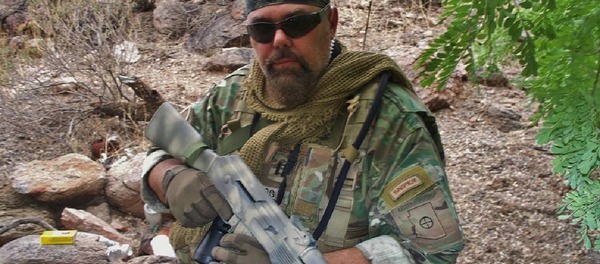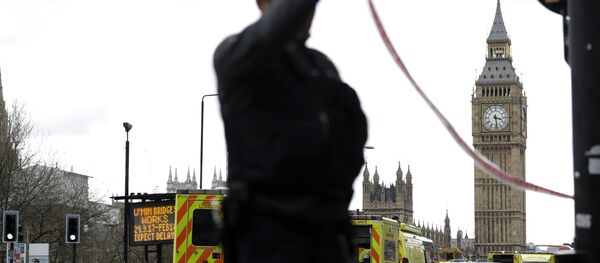Every year, the FBI Directorate of Intelligence compiles a report on what the US Justice Department calls "otherwise illegal activity" (OIA) — activities bureau informants are involved in that would otherwise be illegal, had the FBI not given them permission to do it.
In its 2017 report, however, the FBI appears to have overlooked a reporting obligation established by the US Attorney General's office.
In doing so the total number of times the bureau authorized confidential informants to engage in criminal activity in 2016 is presumably greatly underestimated — but more importantly, the FBI has inadvertently revealed the number of times it gave informants permission to engage in "serious" criminal activity.
There are some crimes the FBI is forbidden from authorizing, such acts of extreme violence and obstruction of justice (witness tampering, entrapment, fabrication of evidence). Its informants are also prohibited from "initiating or instigating" a crime, or a plan to commit one.
Otherwise, authorized informants may engage in criminal activity to maintain cover and provide the Bureau with intelligence on other criminals, as long as certain protocols are observed — one being the FBI must submit an annual report to the Justice Department's Criminal Division and National Security Division describing the total number of times each FBI Field Office authorized a Confidential Human Source to engage in OIAs.
These OIA reports are traditionally drafted between January and March, and from 2011-2015 the number of reported OIAs has averaged at 5,600. In 2012, the number peaked at 5,939, troughing in 2015 at a comparatively meager 5,261. In 2016, however, the figure appears to have fallen to a mere 381.
If the number were accurate, it would represent a dramatic 93 percent year-on-year drop in the OIA total. In 2015, there were 5,261 OIAs, in 2014 5,577, in 2013 5,649, in 2012 5,939, in 2011 5,658.
The second tier covers any crime constituting "a misdemeanor or felony under federal, state, or local law if engaged in by a person acting without authorization."
Typically, the annual report doesn't distinguish between the two, bundling the pair together in a single, non-specific total — however, the 2017 edition doesn't include information on second tier offenses, instead merely noting the FBI authorized informants to carry out 381 tier two offenses. What those offenses specifically were remains unclear.
Similarly, it isn't certain whether this uncoupling was part of a deliberate, new policy, or mere clerical error. In any event, the US Justice Department — and public — have been deprived of vital information on the activities of its leading law enforcement agency.




